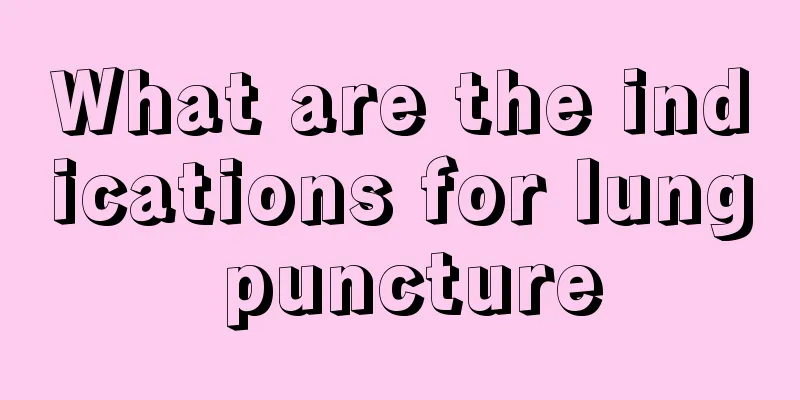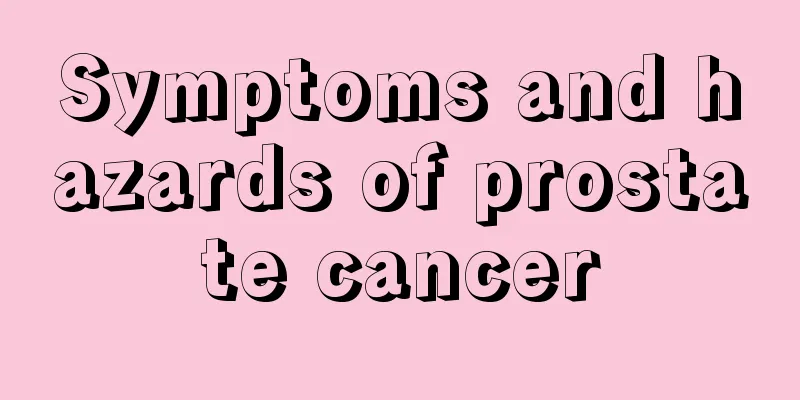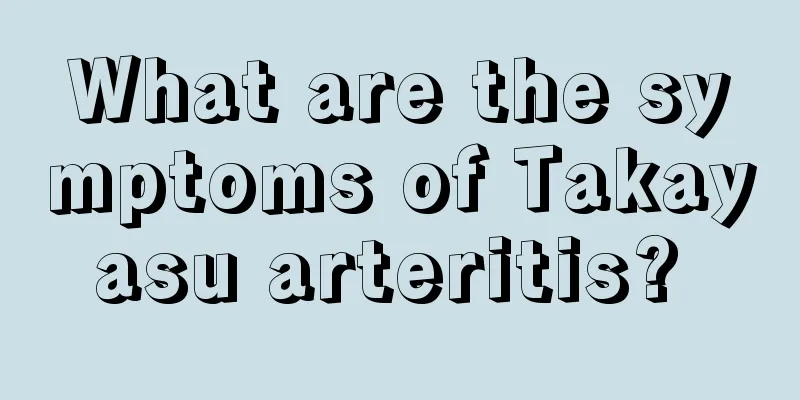What are the indications for lung puncture

|
Lung puncture is a common examination method, that is, entering the lungs through puncturing the visceral layer of the pleural cavity. This is an important method for diagnosing and differentiating diffuse lung lesions and peripheral lesions. Of course, during treatment, it is necessary to understand some indications. If the patient has a long-term cough, lung puncture is not performed unintentionally at this time. This examination method has relatively high requirements and is difficult to operate, so it requires special care, accuracy and speed. For patients, they must actively cooperate to achieve better examination results. Indications Lung biopsy is indicated for: 1. Solitary or multiple pulmonary nodules. 2. For lung metastases, the tissue type must be determined in order to find the primary lesion. 3. Pulmonary diseases that cannot be diagnosed by sputum cytology and bronchoscopy. 4. The tissue type must be determined before radiotherapy and chemotherapy for lung malignant tumors in order to develop a treatment plan. 5. Further diagnosis of benign lung lesions. 6. Pulmonary consolidation requires microbiological examination. Contraindications Patients with severe bleeding tendency, severe cachexia who cannot tolerate this examination, severe emphysema, cor pulmonale, pulmonary hypertension, heart failure, pulmonary vascular disease, inability to cooperate or severe coughing. method 1. For lesions of the upper lobe and hilum, puncture is usually performed from the front in the supine position. For lesions of the lingula and middle lobe, puncture is usually performed from the side in the supine position. For lesions of the basal segment and dorsal segment of the lower lobe, puncture is usually performed from the back in the prone position. 2. Select the center of the lesion as the puncture level, and choose the shortest distance (vertical or horizontal distance) from the skin to the lesion as the puncture path, and pay attention to avoid blood vessels, interlobar fissures, and intercostal nerves. When the lesion is located in the posterior segment of the upper lobe apex, an oblique needle insertion is sometimes used to avoid the scapula and ribs. 3. Select the puncture point and path according to the location and size of the lesion shown by CT or fluoroscopy, and mark the puncture point with a marker or gentian violet. The skin at the puncture area is routinely disinfected, covered with a drape, and local anesthesia is performed. Under the guidance of CT or fluoroscopy, the puncture needle is inserted into the lesion, and the patient is asked to hold his breath during needle insertion. 4. After CT or fluoroscopy confirms that the puncture needle tip is in the center of the lesion and there is no necrotic area, pull out the needle core, connect the syringe for negative pressure suction, and pull up the puncture needle to perform multi-point fan-shaped sampling. For solid masses, a cutting needle can be used to obtain specimens. 5. Obtain specimens and send them for pathological examination. |
<<: How to treat palm blisters
>>: What is the correct way to wash your face with water?
Recommend
Traditional Chinese medicine can improve the quality of life of patients with liver cancer
A 57-year-old male patient had upper gastrointest...
Is Chinese medicine useful for premature ejaculation
If a man always suffers from premature ejaculatio...
Is it okay if my chest gets hit
Whether a hit to the chest is a problem depends o...
Are mosquito coils generally harmful to the fetus?
Summer is the time when mosquitoes are rampant, a...
Facial wrinkles
After the age of 25, women's skin will gradua...
How to remove super glue from skin?
Super glue is a product that we use frequently in...
What causes lymphoma symptoms
When it comes to cancer, everyone knows that it i...
The effect of alcohol compress
Alcohol, also known as ethanol in industry, is a ...
What are the methods to sober up?
Nowadays, people often need to drink. When they a...
Jogging for 30 minutes every day can reduce the risk of colorectal cancer
Lack of exercise can cause carcinogens to accumul...
Recurrence rate of clear cell renal cell carcinoma
Cancer damage causes the gradual failure of peopl...
Do I still need to take medicine after recovering from brain cancer
Brain tumors are divided into benign tumors and m...
Attention! To diagnose lung cancer, you can’t just check the chest X-ray
In recent years, lung cancer has become a major d...
What is the reason for general fatigue?
Some friends will experience physical fatigue in ...
How to remove scratches on glasses
Glasses lenses are generally optical lenses. If y...









